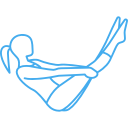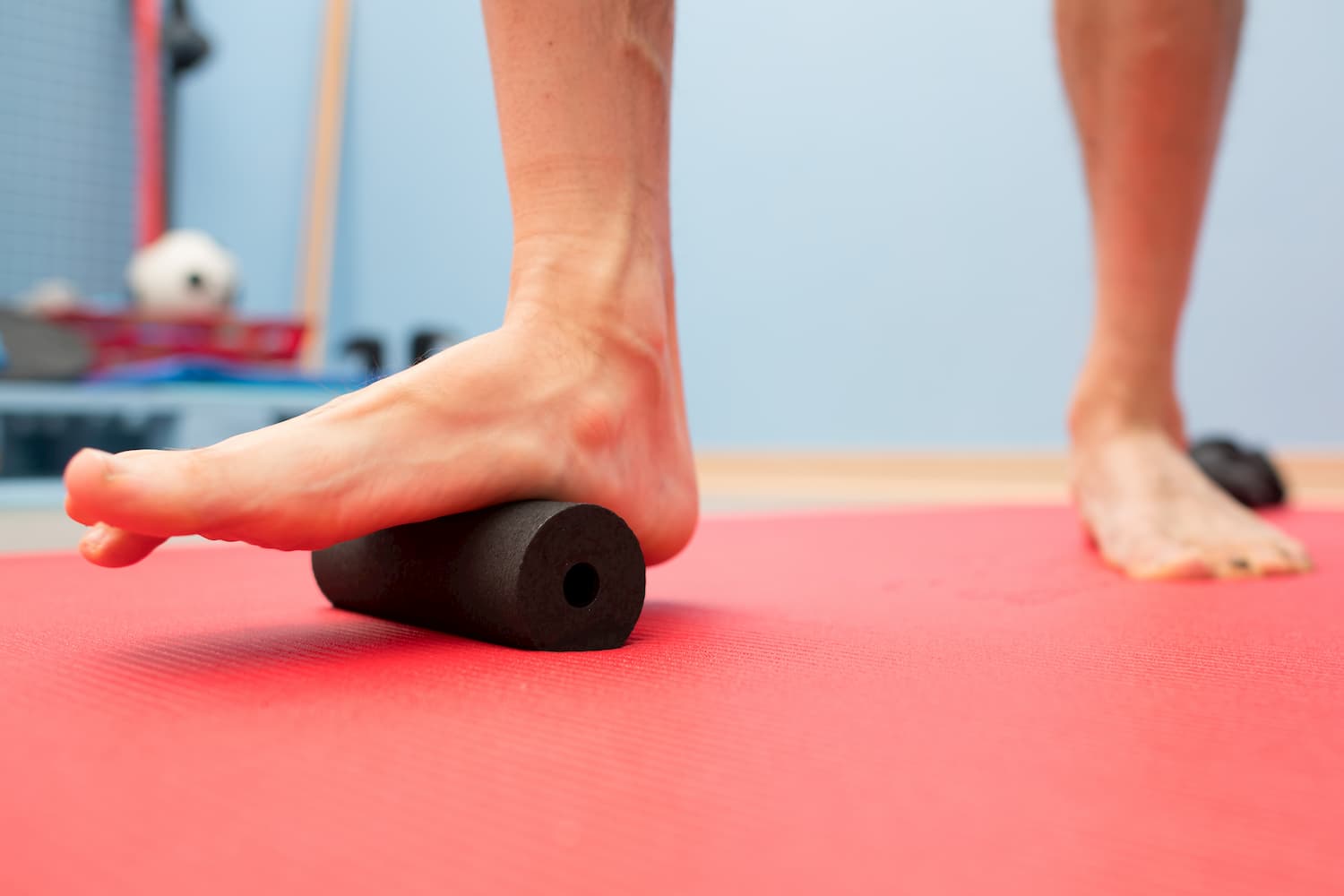Here is a list of the common injuries and conditions we treat. We are adding content for each injury over time and you can see our blog page for information on how we treat other conditions. Feel free to reach out if you have any questions, prior to booking your assessment.
- Running – Biomechanical faults and Pain
- Achilles Strains and Ruptures
- Ankle Sprain rehabilitation
- Plantar Fasciitis and Foot Strengthening
- Hip Pain
- Lower Back Pain
- Neck Pain
- Whiplash
- Nerves Injuries – Sciatica
- Nerve Injuries – Pinched Nerves
- Shoulder – instability- dislocation
- Shoulder – Rotator Cuff Tears
- Elbow -Tennis Elbow
- Thumb – De-Quervains

Plantar Fasciitis can affect both the athletic and more sedentary population. There are a number of factors that can cause the plantar fascia to become irritated. Most of these can be assessed in the clinic and addressed in the treatment. Generally research and clinical experience supports both strengthening and stretching programs. Runners and very active patients will need a more specific program to deal with the training demands on the plantar fascia. More sedentary patients will still need an exercise based approach to treat the underlying cause. It can be a stubborn injury to settle down as we are on our feet a lot, so it can be difficult to rest the foot. However there are lots of treatment options to assist with this recovery period.

How To Treat Plantar Fasciitis?
Each patient will respond to treatment differently. At Pilates4Physio, we follow the latest research in rehabilitation. Currently, the research shows that specific stretching and strengthening exercises are effective, with other modalities.
Over-The-Counter Orthotics
Other useful modalities for pain and healing include over-the-counter orthotics and arch supports, heel cups and taping. You don’t necessarily need custom orthotics for plantar fasciitis. An over-the-counter insole should help sufficiently manage the pain. It’s important to note that insoles should not be considered a stand-alone treatment for this condition. They can help to manage pain and healing while you do the rehabilitation. Tape and heel cups are also a short term management option.
Ease Up On Running
For runners, the advice is to reduce the training load to bring the pain down and allow the fascia to repair itself. If you wish to continue running, tape, insoles and heel cups allow you to run with less pain. At Pilates4Physio, we use a pain scale to manage the distance or time for running. This way, patients can keep running but not aggravate the injury. Pulling back your training in the short term will save you prolonged pain and injury in the long term.
Strengthening and Stretching
Current research points to using a combination of strengthening and stretching in order to load the fascia and make it more resilient. You may have tightness in the calf muscles and ankle that need stretching. Each patient will have a different foot type and so the combination of stretching and strengthening will vary. In one study, after 3 months, patients who performed strengthening exercises showed better outcomes than those who just did stretching exercises. This is because strengthening improves tissue health in the fascia.
The big challenge is to be consistent with your home exercises. Exercises should be performed regularly and for the duration of a few months. You will then be able to progress beyond the painful stage to the stronger stage. Your Physiotherapist will give you encouragement to stay the course and guide you through the painful stage. It’s important to know how much pain is OK while you are doing the exercises.
Corticosteroid Injections and Shockwave
Corticosteroid injections and shockwave have only been shown to be effective in treating Plantar Fasciitis in the short term. They did not show any superior effect after 4-6 weeks compared to other treatments. They might be an option for short term relief, but you should still do exercise rehabilitation for longer-term results. Both corticosteroid and shockwave are passive treatments and won’t improve tissue health or resilience.
Pilates-Based Rehabilitation For Plantar Fasciitis
Plantar Fasciitis can be a difficult condition to manage if you don’t receive the right treatment. Research shows that exercises for the foot and ankle are the most effective approach. Adapting your sports activities in the short term will also allow the condition to heal. This will enable you to progress the exercises when pain is reduced. A combination of stretching, strengthening, over-the-counter orthotics, heel cups, and tape are the ideal treatment options. It might take at least 3 months to be completely pain-free so patience is key!
